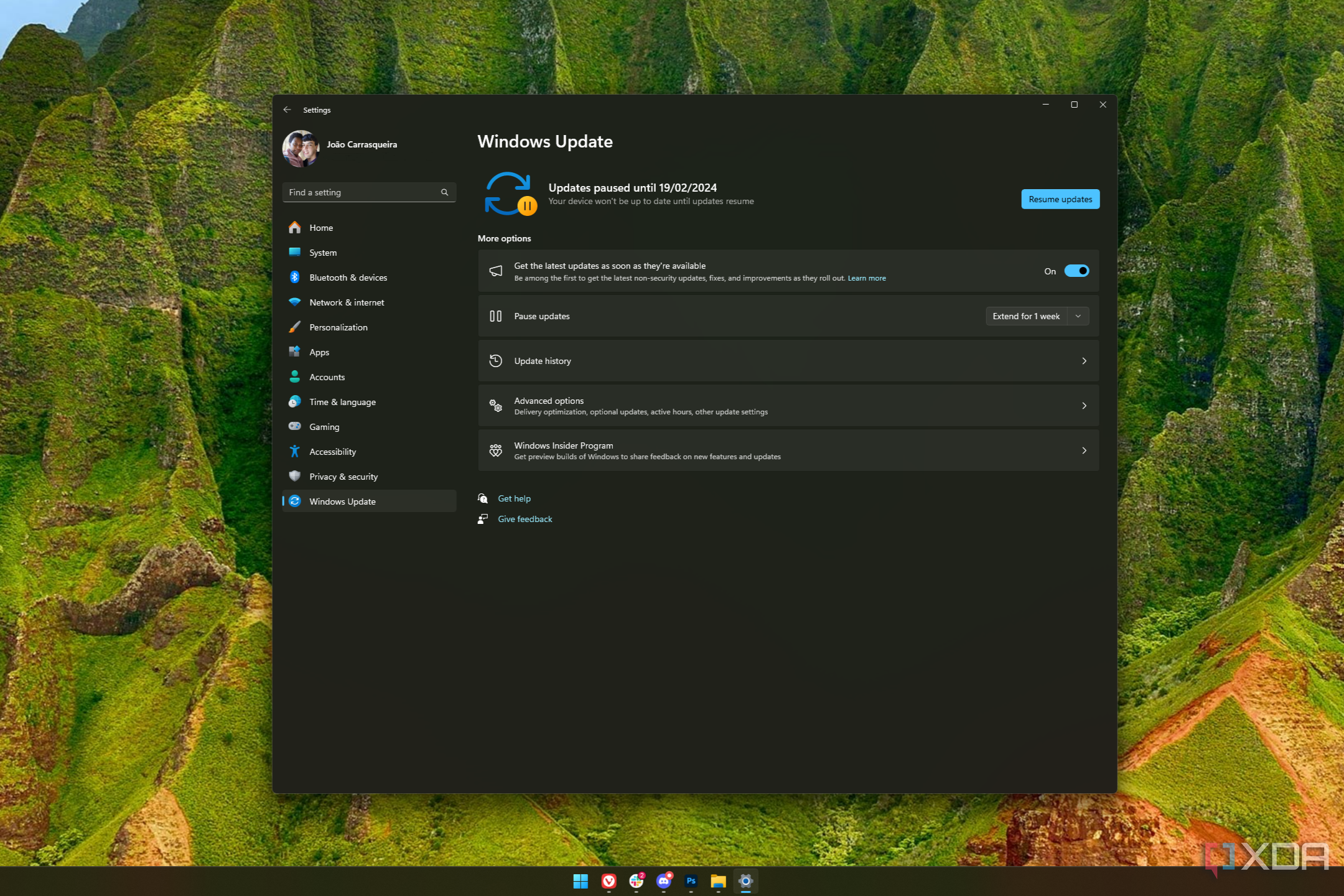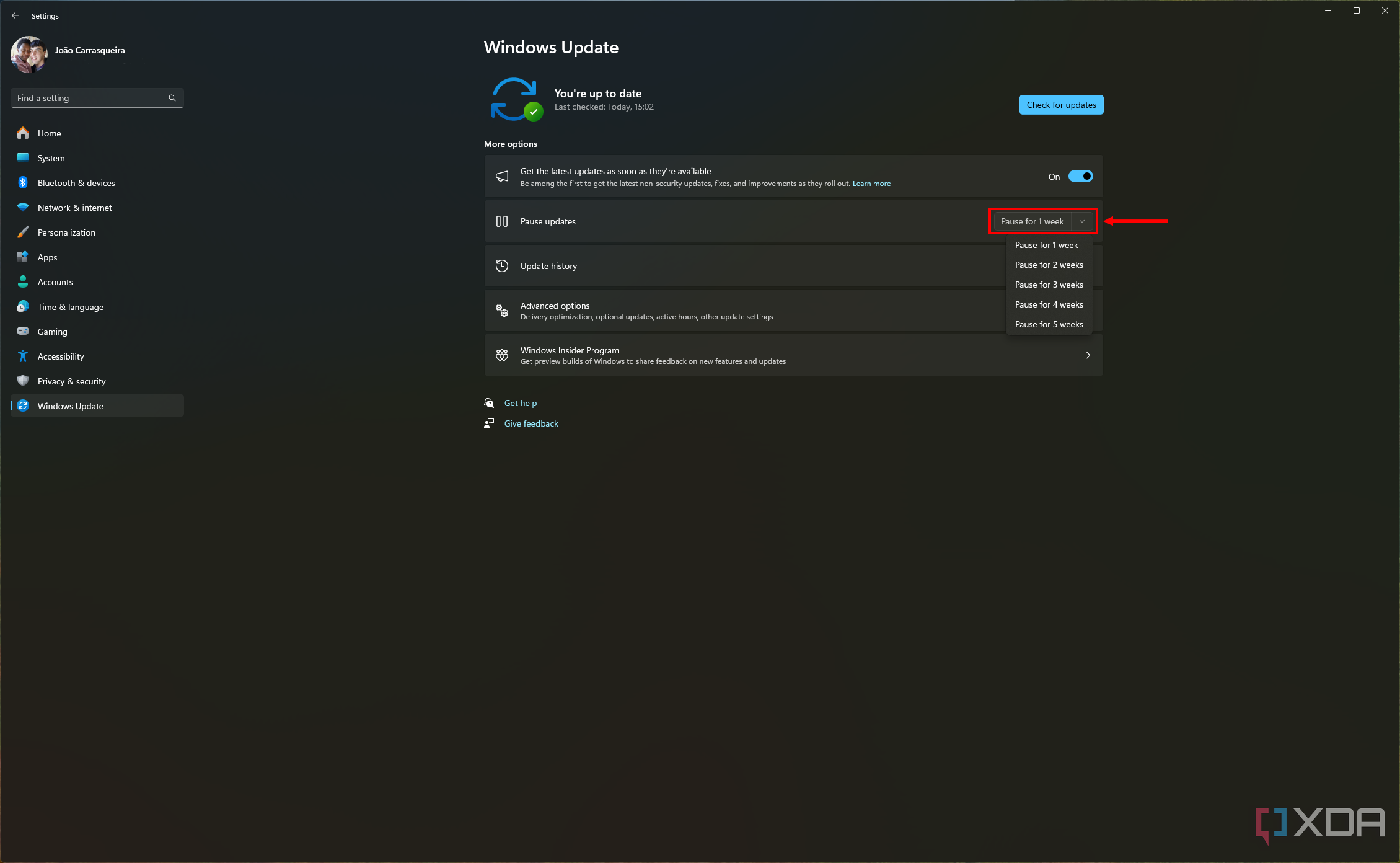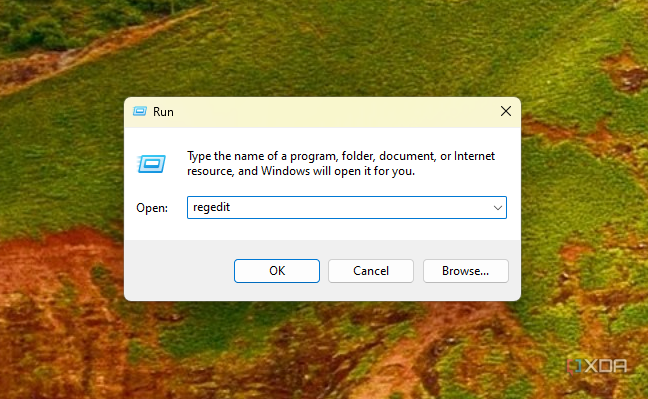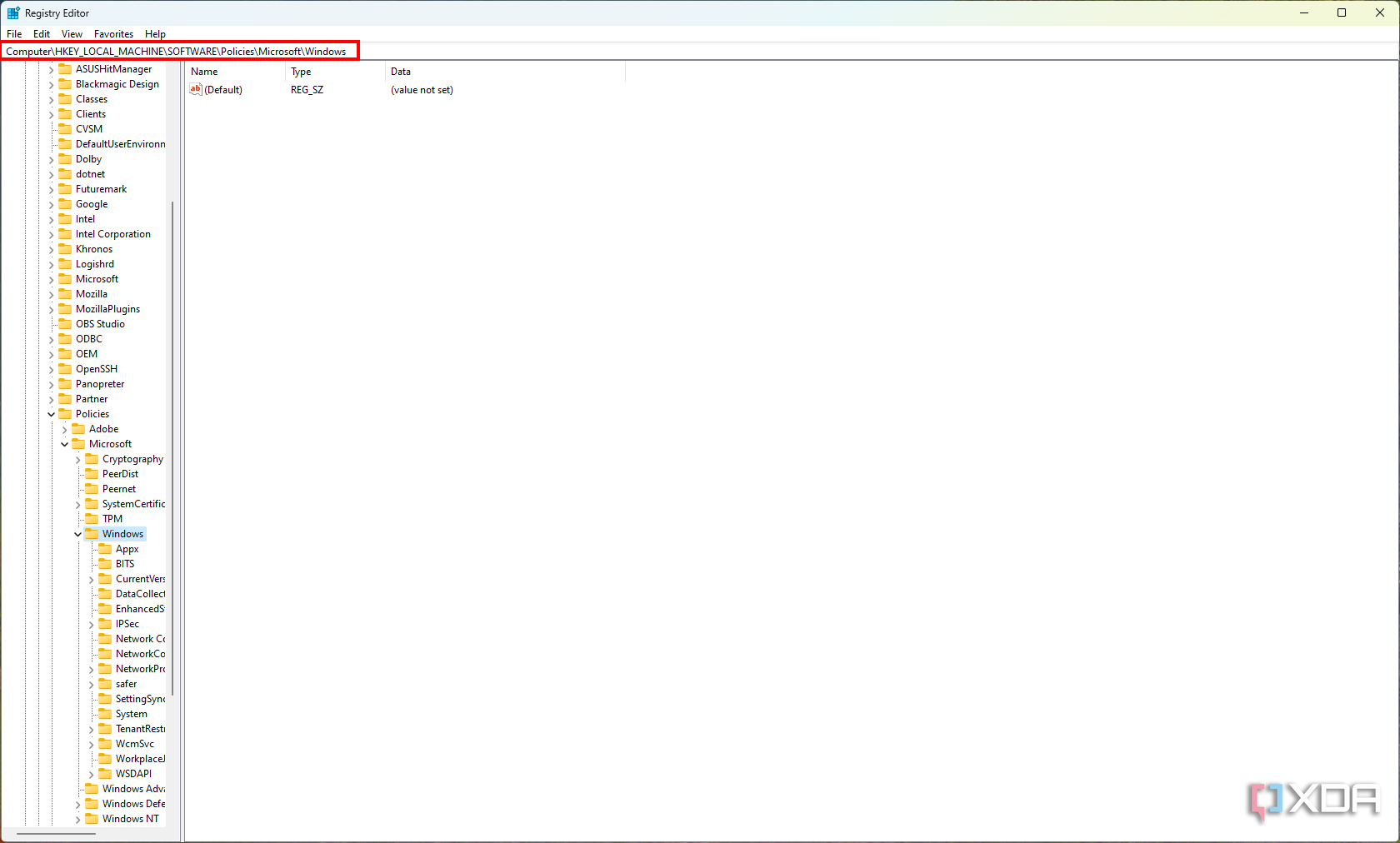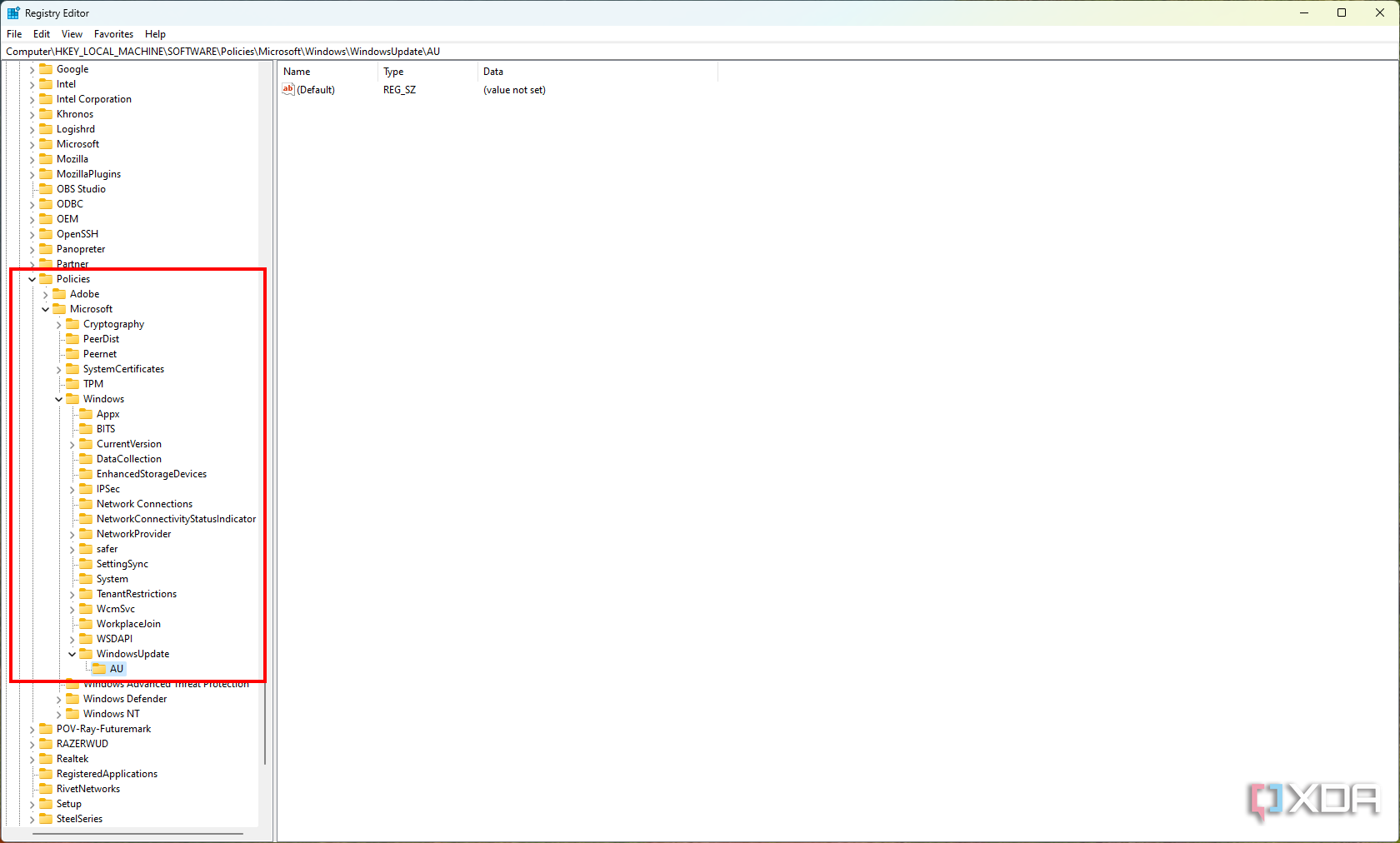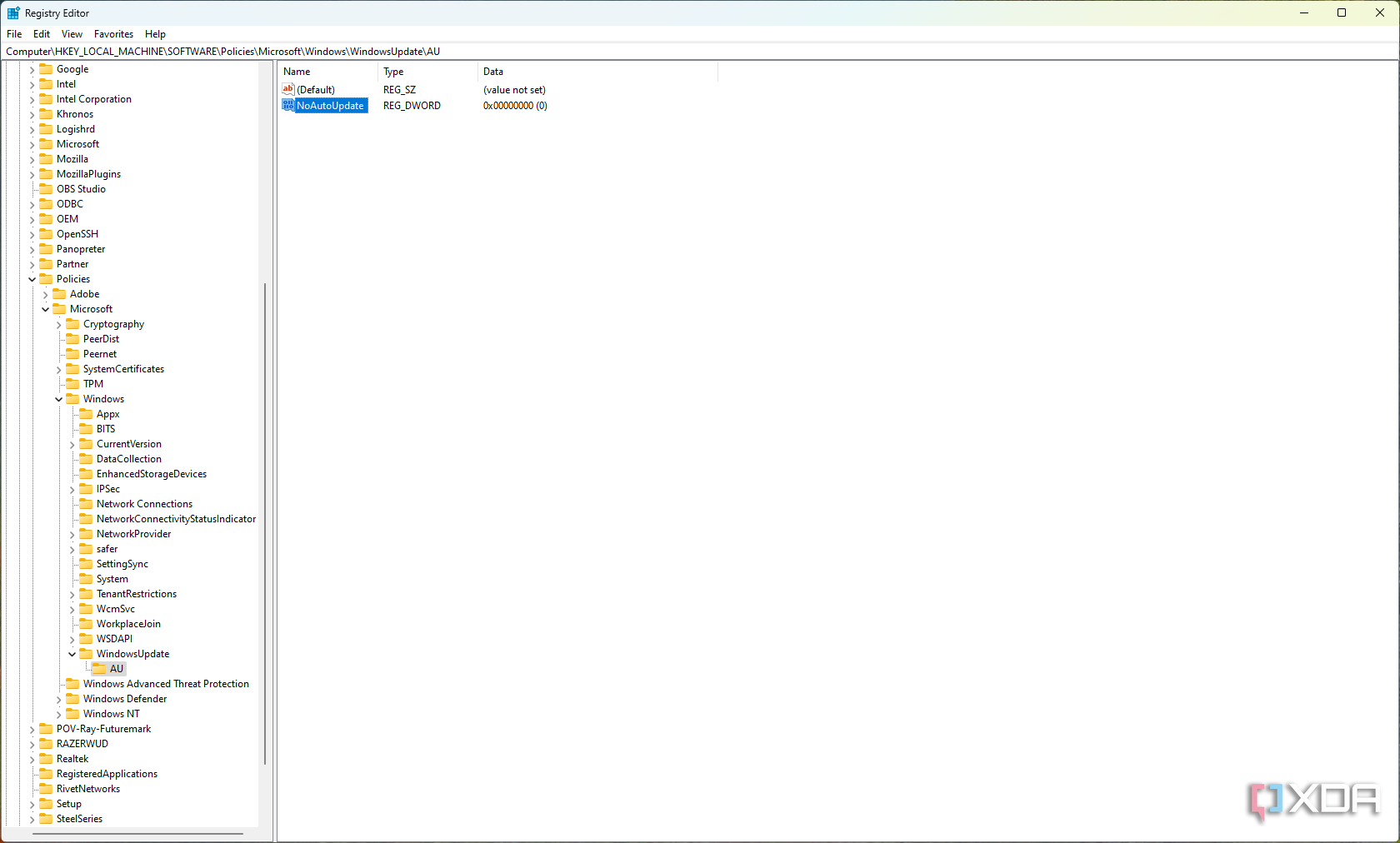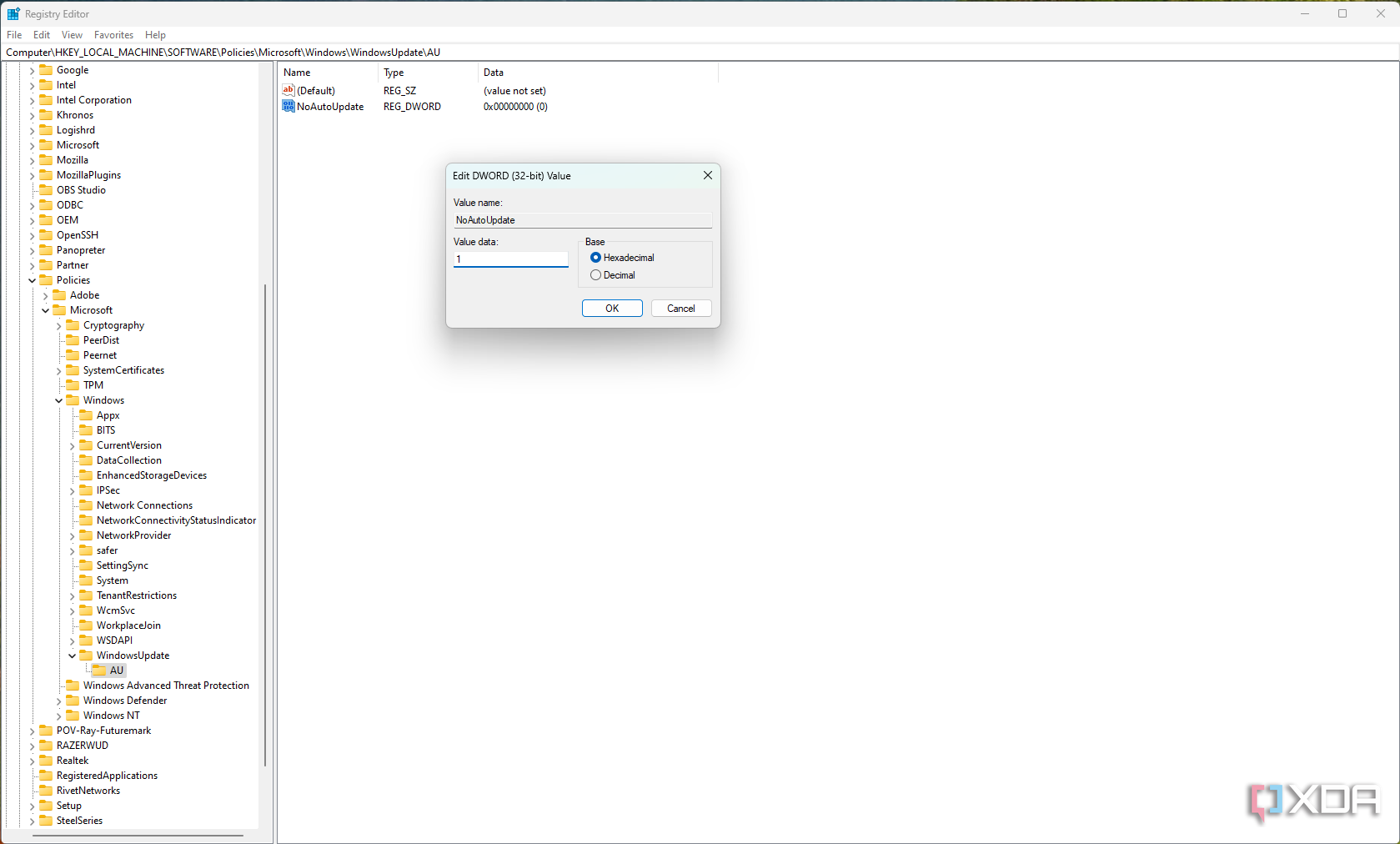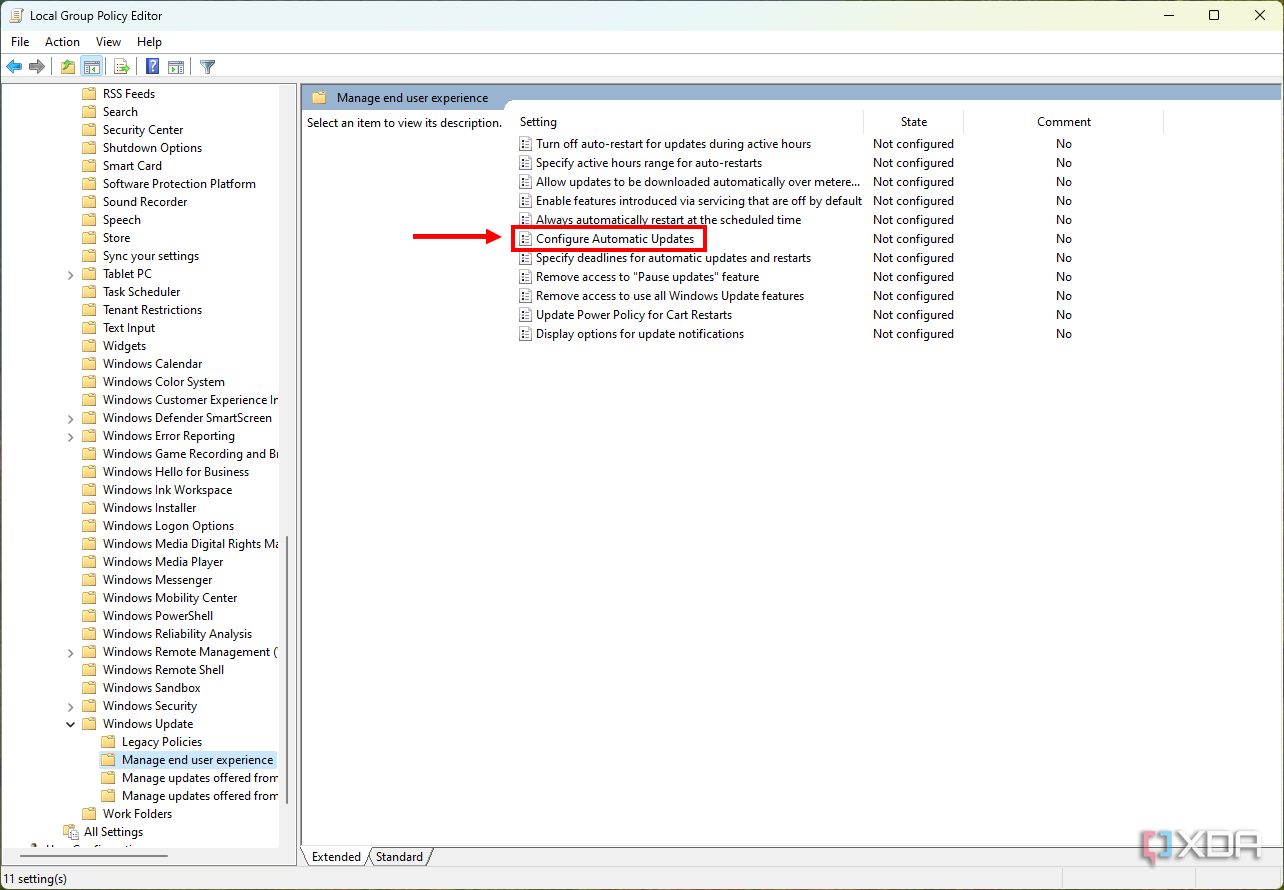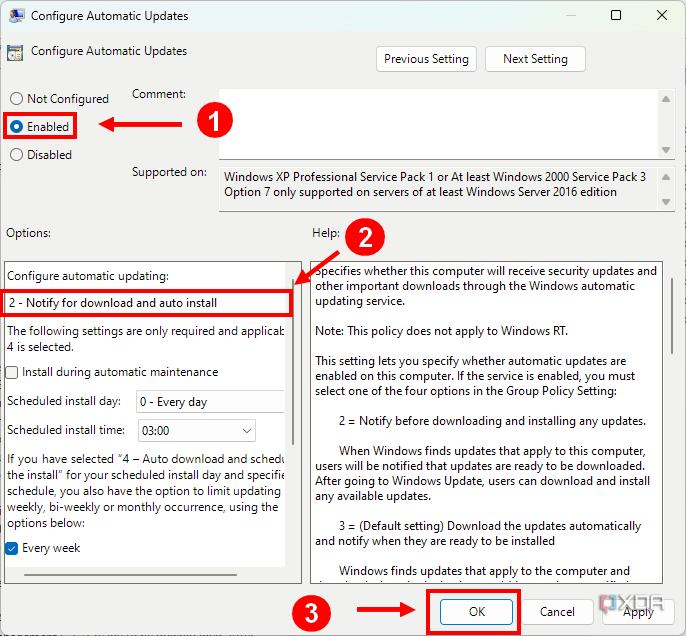Generally speaking, keeping your Windows 11 PC up to date is always recommended. But every now and then, Microsoft tends to release some updates with big problems, and it doesn't hurt to hold off on an update for a few days to make sure you won't have glaring issues.
Thankfully, Microsoft does give you the option to do exactly that and keep updates away from your PC, at least temporarily. If you want to avoid updates on your Windows 11 PC, here's what you can do.
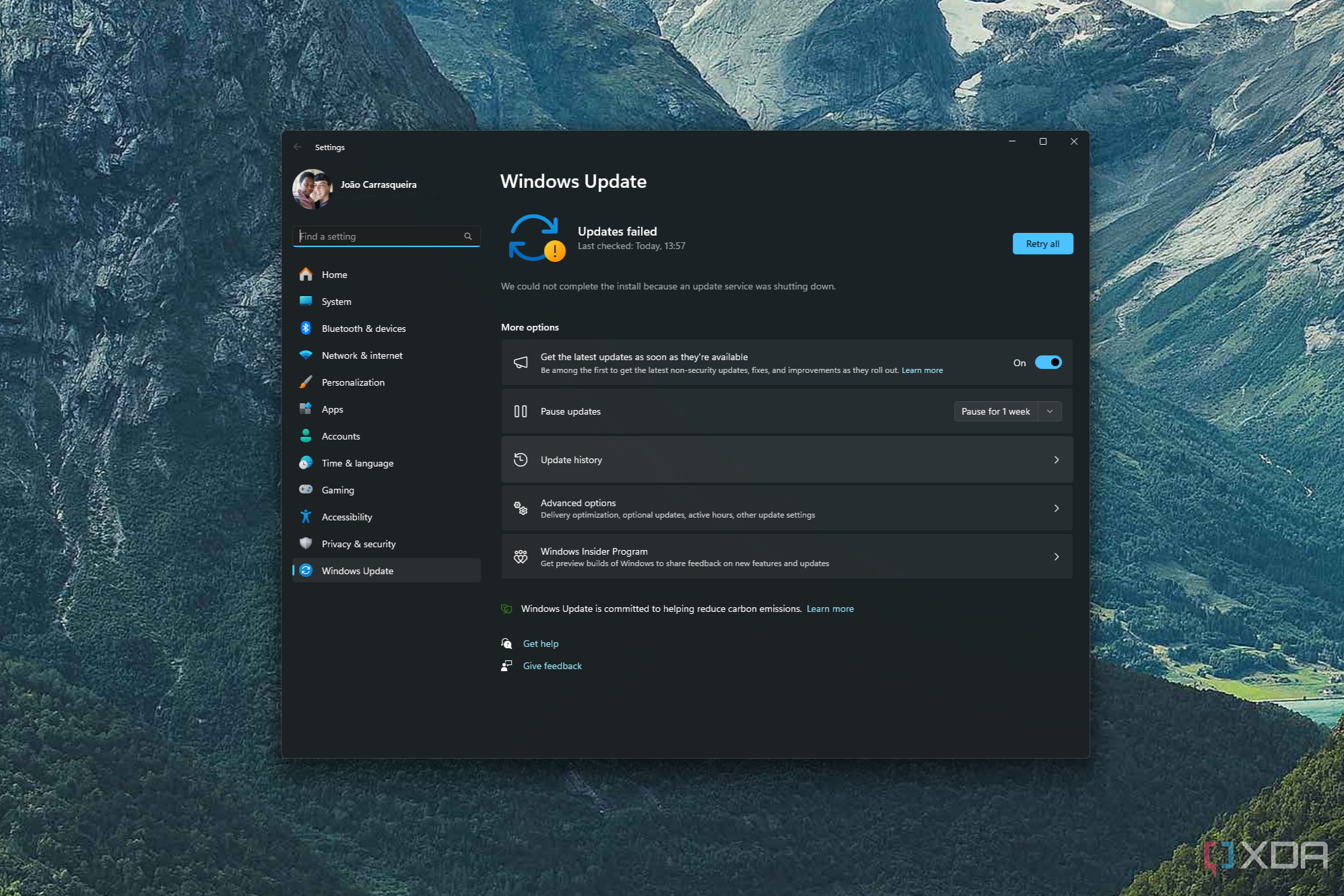
How to troubleshoot Windows updates stuck downloading
Having issues downloading a Windows update on your PC? These steps will help you fix it and get the latest goods.How to pause automatic Windows 11 updates
If you're only interested in stopping updates temporarily, Windows 11 makes that pretty easy. This is the best way to go about it because the biggest reason you might want to delay an update is to make sure it doesn't have any big problems. By delaying it a couple of weeks, you can give it some time before installing new updates.
If you have Windows 11 Home, updates can only be paused for one week. However, Windows 11 Pro and higher let you pause updates for up to five weeks. Here's how:
- Open the Settings app on your PC.
- Select Windows Update from the sidebar.
-
Next to Pause updates, click Pause for 1 week or open the drop-down menu to pause updates for up to five weeks. You can increase the time in one-week increments.
Updates will automatically resume at the end of the period you select, and most importantly, you won't be able to extend the pause until you install the updates that were released during that pause period. That is to say, you can't prevent updates from being installed indefinitely this way. On Windows 11 Pro, if you selected a period shorter than the five-week maximum, you can keep extending the pause until you reach that limit, but that's it.
How to stop receiving automatic Windows 11 updates using Registry Editor
For a more permanent solution, you can stop Windows 11 updates using the Registry Editor. It's worth mentioning that you should always be careful when using the Registry Editor as some changes can cause big problems, so follow these instructions carefully.
With that being said, if you feel comfortable using it, here's what you need to do:
- Press Windows + R on your keyboard.
-
Type regedit and press Enter.
You can also type this text in the Start menu to launch the Registry Editor.
- Click Yes in the prompt that appears.
-
In Registry Editor, navigate to the following path: HKEY_LOCAL_MACHINE\SOFTWARE\Policies\Microsoft\Windows using the navigation tree on the left.
- Right-click on the Windows folder and select New, then Key.
- Name the new key WindowsUpdate and hit Enter.
- Right-click on WindowsUpdate and select New, then Key.
-
Call this key AU and hit Enter again. Your navigation tree should look like this.
- Right-click on AU and select New, then DWORD (32-bit) Value.
-
Name this value NoAutoUpdate and press Enter.
- On the main portion of the window on the right, double-click on NoAutoUpdate
-
Ensure Hexadecimal is selected under Base and change the Value box from 0 to 1.
- Hit the OK button and restart your PC.
Automatic updates will now be halted, but you can still manually pull updates at any time from the Settings app. To reverse this, follow the same steps above, but when you get to the Windows folder, simply delete the WindowsUpdate folder you created and then reboot your PC.
How to stop receiving automatic Windows 11 updates using Group Policy Editor (Pro editions only)
The third method you can use only applies to Pro and Enterprise users since Home editions of Windows don't have the Group Policy Editor. If you only have Home, use one of the methods above. If you have a supported version, though, here's how to use Group Policy Editor to stop automatic updates:
- Press Windows + R on your PC to open the Run dialog.
-
Type gpedit.msc and press Enter.
Alternatively, you can simply open the Start menu and type this text in the search bar.
- In Group Policy Editor, follow this chain to navigate to the correct location: Computer Configuration > Administrative Templates > Windows Components > Windows Update > Manage end user experience.
-
Double-click on the option labeled Configure Automatic Updates.
-
Check the Enabled radio button, then, in the Options box, find 2 - Notify for download and auto-install and click Apply.
- Click OK to confirm.
You will now no longer see updates automatically install, but you will be able to apply them manually from the Settings app.
Of the three methods detailed here, the first is not only the easiest and most available to everyone, but it's also the safest. For one thing, getting updates is important since they contain important security fixes. Delaying them is one thing, but stopping them completely can expose you to serious threats. Plus, if you've never jumped into making registry edits before, you won't be in any danger of making accidental but potentially serious errors. And it's much quicker to re-enable updates this way, too.

